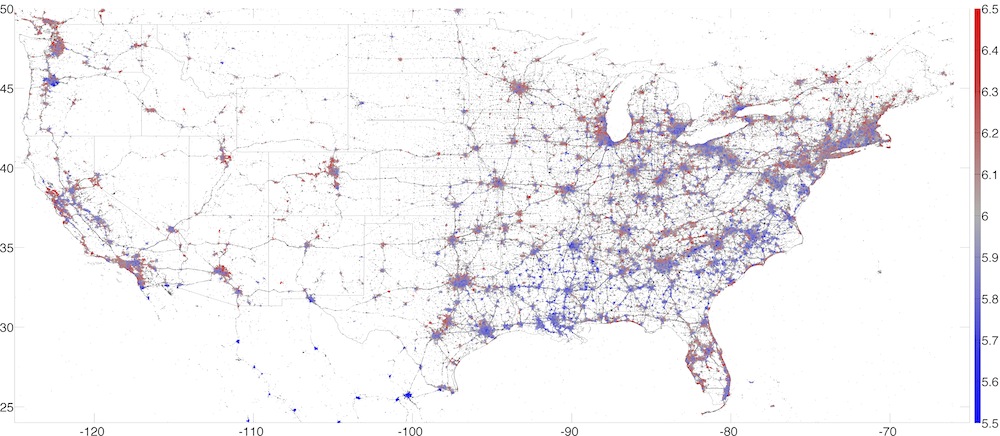Credits
UVM’s Computational Story Lab:
Peter Dodds, Chris Danforth, Jane Adams, Sharon Alajajian, Nicholas Allgaier, Thayer Alshaabi, Michael Arnold, Catherine Bliss, Eric Clark, Emily Cody, Ethan Davis, Todd DeLuca, Suma Desu, David Dewhurst, Danne Elbers, Kameron Decker Harris, Fletcher Hazlehurst, Sophie Hodson, Kayla Horak, Ben Emery, Mike Foley, Morgan Frank, Ryan Gallagher, Darcy Glenn, Sandhya Gopchandani, Kelly Gothard, Tyler Gray, Max Green, Laura Jennings, Dilan Kiley, Isabel Kloumann, Ben Kotzen, Paul Lessard, Ross Lieb-Lappen, Kelsey Linnell, Ashley McKhann, Andy Metcalf, Tom McAndrew, Sven McCall, Josh Minot, Henry Mitchell, Lewis Mitchell, Kate Morrow, Eitan Pechenick, Michael Pellon, Aaron Powers, Andy Reagan, John Ring IV, Abby Ross, Lindsay Ross, Aaron Schwartz, Anne-Marie Stupinski, Matt Tretin, Lindsay Van Leir, Colin Van Oort, Brendan Whitney, and Jake Williams.
The MITRE Team:
Brian Tivnan, Matt McMahon, Ivan Ramiscal, Mike Shadid, Pete Carrigan, Zach Furness, Zoe Henscheid, Garry Jacyna, Matt Koehler, and Karine Megerdoomian.
Many thanks and acknowledgments go to these people:
Mike Austin, Jim Bagrow, Josh Bongard, Josh Brown, Jim Burgmeier, Melody Burkins, Kate Danforth, Andrea Elledge, Maggie Eppstein, Bill Gottesman, Laurent Hebert-Dufresne, John Kaehny, Jim Lawson, Juniper Lovato, Aimee Picchi, Andrew Reece, Tony Richardson, Taylor Ricketts, Melissa Rubinchuk, John Tucker and Toph Tucker.
Thanks to Thiago Lins and David Peterman for helping identify events to annotate.
And special thanks go to Jonathan Harris and Sep Kamvar for their
initial inspiration.


